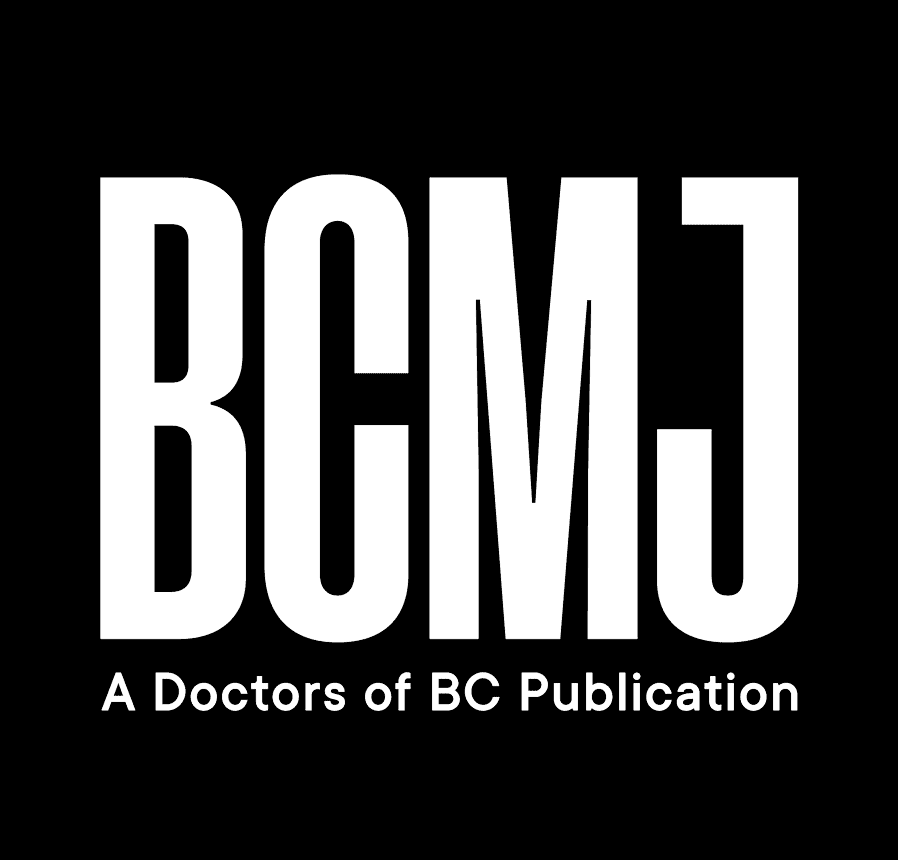From community to hospital: How Burnaby is tackling the substance use and mental health crisis in BC
In 2016, the BC provincial health officer declared a public health emergency due to an increase in drug-related overdoses and deaths. In response, several initiatives were created to minimize the risks associated with substance use.[1,2] We outline three lessons learned during the development and implementation of two projects, one spearheaded by Burnaby Hospital and the other by the Burnaby Division of Family Practice in collaboration with the Shared Care Committee, a Joint Collaborative Committee of Doctors of BC and the BC government.
Lesson 1: There was a gap in knowledge about substance use care and resources among Burnaby Hospital staff, community providers, and the public
Burnaby Hospital’s Addiction Medicine Consult Team initiated a series of quality improvement projects in 2022. The team surveyed 22 physicians and 36 allied health professionals and nurses about substance use care. Overall, 42% disagreed or strongly disagreed with the statement “I have proficient knowledge on addiction medicine resources relevant to the Fraser Health region.”
The Burnaby Division of Family Practice and the Shared Care Committee surveyed the Burnaby public on substance use and mental health in 2022: 181 of 340 respondents (53.2%) agreed and 29 (8.5%) strongly agreed with the statement “I know where to get help for substance use challenges that may affect me or someone else in Burnaby.” Of 51 Burnaby clinicians who were also surveyed, 19 (37.3%) agreed and 4 (7.8%) strongly agreed with the statement “I am aware of substance use supports and resources that I can refer my patients/clients [to] within Burnaby.”
Lesson 2: It’s not a lack of resources; it’s a lack of pathways to find them
Project teams suspected that knowledge accessibility was a primary factor in the knowledge disparity in the hospital and the community. In response, two tools were created to better direct evidence-based guidelines and patient information through health authorities and provide clinicians with tools to address knowledge gaps and reduce the impact of siloed resources:
- Burnaby Hospital’s Addiction Medicine Consult Team created the Burnaby Resources on Substance Use website, a central repository of addiction care resources, in 2022. The website was evaluated by 37 hospital staff between 2022 and 2023, and 30 providers (81%) reported learning about four or more resources after using the website for a minimum of 5 minutes.
- The Shared Care team developed the Burnaby Community Resource Directory to allow Burnaby residents to navigate their local services with ease.
Lesson 3: Interdisciplinary collaboration is critical to improve substance use and mental health challenges
Creating community-minded solutions that meet the diverse needs of patients with complex social and medical challenges requires perspectives from all levels of care. The success of the initiatives discussed here stems from collaborative efforts among quality improvement experts, diverse clinicians, and experienced community health care workers and highlights the value of collaborative care and input. Given the complexity of addiction care, creating connections across disciplines allows for a broader understanding of the health care community and the implementation of more holistic solutions for patients. Additionally, working collaboratively on unified goals allows for shared knowledge and the opportunity to create innovative solutions.
—Vanessa Kong, BA
Fourth-Year Medical Student, UBC
—Lingsa Jia, MD, FRCPC
Local Department Head of Addiction Medicine, Burnaby Hospital
Adult Psychiatrist, St. Paul’s Hospital
Clinical Assistant Professor, UBC
Specialist Lead on this project for the Burnaby Division of Family Practice, supported by the Shared Care Committee
hidden
 |
| This work is licensed under a Creative Commons Attribution-NonCommercial-NoDerivatives 4.0 International License. |
References
1. Government of British Columbia. Provincial health officer declares public health emergency [news release]. 14 April 2016. Accessed 16 January 2022. https://news.gov.bc.ca/releases/2016HLTH0026-000568.
2. BC Ministry of Mental Health and Addictions. A pathway to hope: A roadmap for making mental health and addictions care better for people in British Columbia. 2019. Accessed 16 January 2022. www2.gov.bc.ca/assets/gov/british-columbians-our-governments/initiatives-plans-strategies/mental-health-and-addictions-strategy/bcmentalhealthroadmap_2019web-5.pdf.

